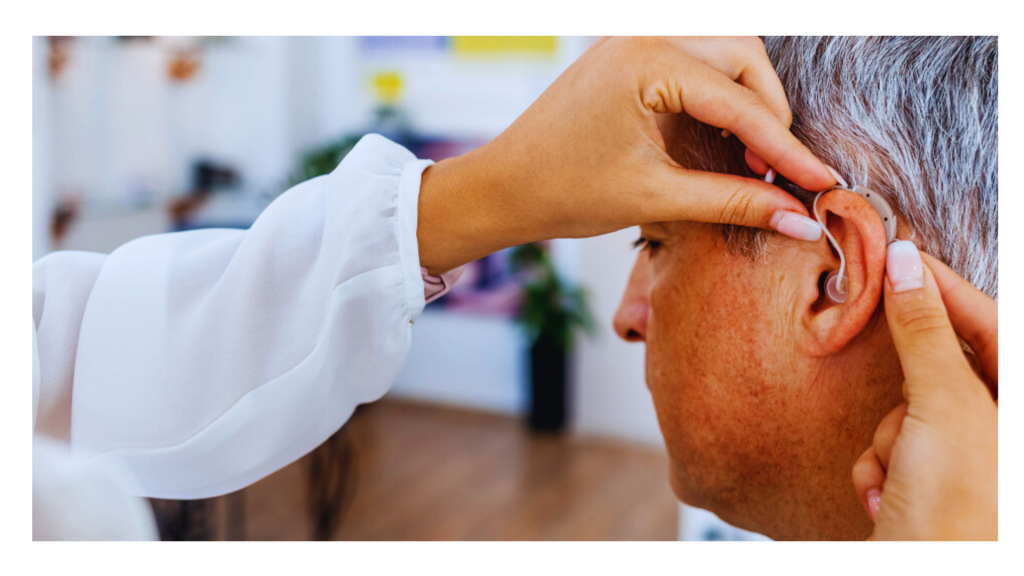Hearing aids are commonly used devices to help individuals with hearing loss by amplifying sounds. Here’s how they work and some considerations:
Amplification: Hearing aids work by amplifying sounds around the wearer. They consist of a microphone to pick up sounds, a processor to amplify and adjust these sounds according to the wearer’s needs, and a speaker (receiver) to deliver the amplified sounds into the ear.
Types of Hearing Loss: There are different types of hearing loss, including sensorineural, conductive, and mixed. Hearing aids can be effective for individuals with mild to moderate sensorineural hearing loss, which is the most common type and typically involves damage to the hair cells in the inner ear or auditory nerve. Conductive hearing loss, caused by issues in the outer or middle ear, may sometimes be improved with hearing aids, but other treatments such as surgery may be more appropriate.
Customization: Modern hearing aids come with various features and customization options. Digital signal processing allows for precise adjustments to suit the wearer’s hearing profile. They can be programmed by audiologists to amplify specific frequencies where hearing loss is most pronounced.
Styles: Hearing aids come in different styles, including behind-the-ear (BTE), in-the-ear (ITE), completely-in-the-canal (CIC), and invisible-in-the-canal (IIC). The choice of style depends on factors such as the degree of hearing loss, cosmetic preferences, and dexterity.
Additional Features: Many hearing aids today come with additional features such as Bluetooth connectivity, rechargeable batteries, directional microphones, noise reduction, and feedback suppression. These features can enhance the user experience and make hearing aids more adaptable to various listening environments.
Adjustment Period: It’s important to note that there is often an adjustment period when first using hearing aids. The brain needs time to adapt to the amplified sounds, and wearers may initially find certain sounds too loud or unnatural. Regular follow-up visits with an audiologist are essential for fine-tuning the settings and addressing any concerns.
Maintenance: Proper maintenance is crucial for ensuring optimal performance and longevity of hearing aids. This includes cleaning the devices regularly, replacing batteries as needed, and scheduling periodic check-ups with an audiologist for adjustments and repairs.
Overall, hearing aids can significantly improve the quality of life for individuals with hearing loss by enhancing their ability to communicate and participate in daily activities. However, it’s essential to seek professional guidance from an audiologist to determine the most suitable hearing aid and ensure proper fitting and adjustment.

0 comment